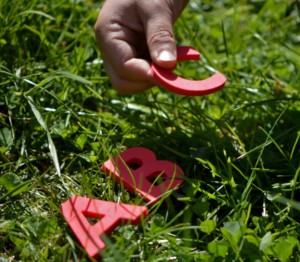Having a child with a speech or language issue can be very overwhelming. How will it impact your child’s future, what type of therapy is available, where do you go to for help?
Steps to take in helping your child
 What is expressive language?
What is expressive language?
Expressive language refers to the ability to use written or spoken language to express oneself that is appropriate and understandable. For instance, a child may have difficulty communicating their feelings and thoughts on an age appropriate level.
Language skills sequentially build on each other, which means if there are gaps or delays in the process, it can affect a child’s ability to learn, as wells future success.
Signs of a Language Disorder
The American Speech-Language-Hearing Association (ASHA) provides the following developmental signs that could indicate a language disorder:
Birth–3 months: Not smiling or playing with others
4–7 months: Not babbling
7–12 months: Making only a few sounds and/or not using gestures like waving or pointing
7 months–2 years: Not understanding what others say
12–18 months: Saying only a few words
1½–2 years: Not putting two words together
2 years: Saying fewer than 50 words
2–3 years: Having trouble playing and talking with other children
2½–3 years: Having problems with early reading and writing (For example, your child may not like to draw or look at books.)
The first step is diagnosing expressive language disorder
 A proper diagnosis, the nature and possible causes, is the first step in developing effective strategies. Typically this diagnosis is done by a speech language pathologist or a pediatrician.
A proper diagnosis, the nature and possible causes, is the first step in developing effective strategies. Typically this diagnosis is done by a speech language pathologist or a pediatrician.
Depending on the age of the child, an evaluation can take place in a group or a one-on-one setting. Observations on how they follow directions, listen, communicate with others, and understand. This is used to develop a personalized therapy program.
Check back with us next week as we go over the treatment strategies, prognosis, myths, how to cope, and steps for caregivers. Until then, contact First Words Speech Therapy for more information.


